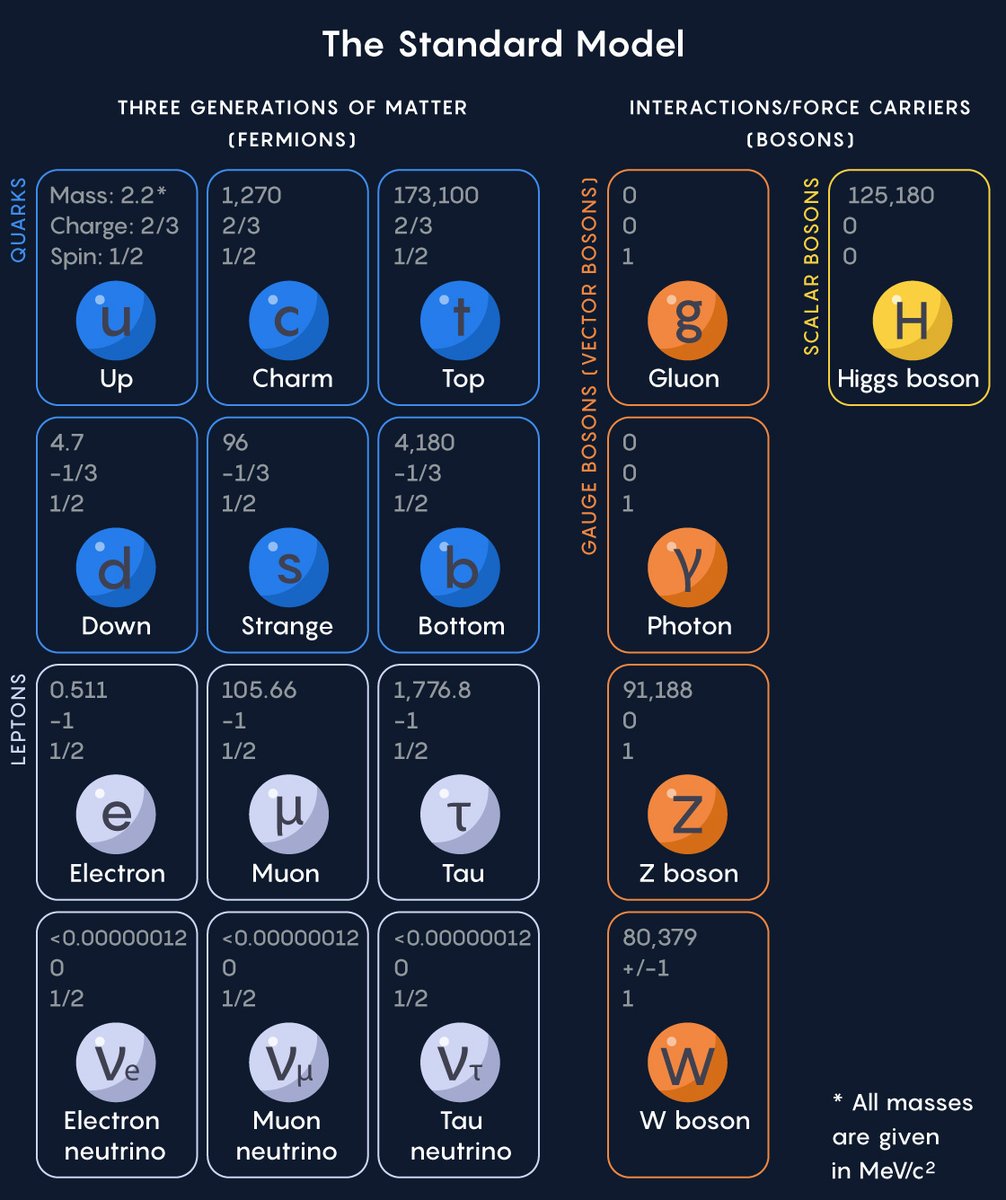
In 1873, the mathematician Georg Cantor shook math to the core when he discovered that infinity comes in many sizes. Setting out to climb the tower of infinities that he created, a mystery stopped him in his tracks. (Thread) 

There exist an infinite amount of “natural” numbers, like 1, 2 and 3, but Cantor proved that there are even more “real” numbers that sit between the natural numbers on the number line — most with never-ending digits, like 3.14159…. In other words, a larger infinity. 

The mystery, called the continuum hypothesis, concerns how the size — or “cardinality,” designated with the aleph symbol, ℵ — of these infinities progresses. Cantor theorized that the cardinality of the real numbers is exactly ℵ₁, one level up from the natural numbers.
Georg Cantor was never able to prove his continuum hypothesis. In 1900, David Hilbert put it first on his famous list of 23 math problems to solve in the 20th century. But later, Kurt Gödel and Paul Cohen proved that math’s existing core axioms can neither prove nor disprove it.
Because the continuum hypothesis cannot be proved with the standard axioms, mathematicians have searched for a new axiom that would help settle the question. Two rival options emerged, but their apparent incompatibility led to many dead ends. 

A new proof has united these two best candidates for a mathematical axiom that would settle the size of the real numbers. But this unification has not come without controversy. quantamagazine.org/how-many-numbe…
• • •
Missing some Tweet in this thread? You can try to
force a refresh








